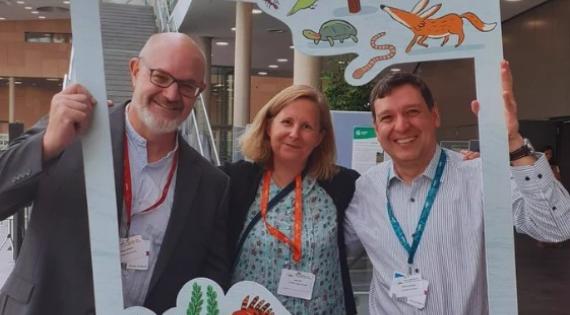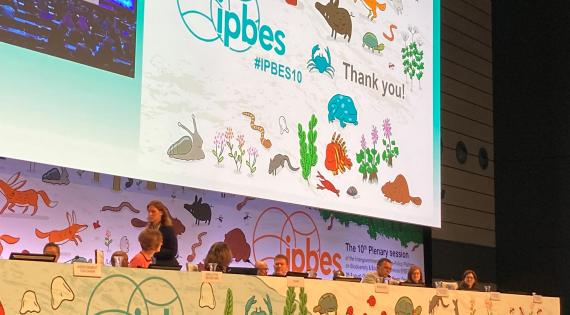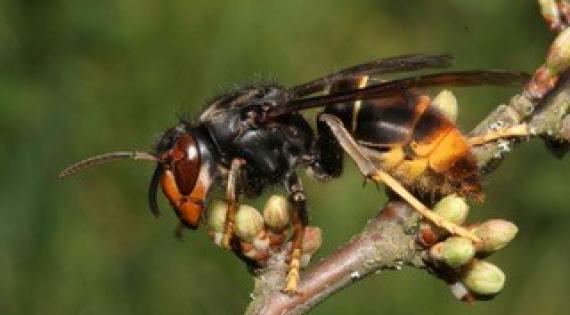Professor Helen Roy of the UK Centre for Ecology & Hydrology reflects on her experiences as co-chair of the IPBES Assessment on Invasive Alien Species and their Control as well as the huge collaborative effort that went into producing the report. It was discussed and approved at a meeting of IPBES (the Intergovernmental Science-Policy Platform on Biodiversity) in Bonn, which concluded on 2 September.
Four years, 86 experts from more than 49 countries, one technical support unit, over 13 000 references, three workshops with indigenous peoples and local communities, information and knowledge from different value systems, six chapters, one Summary for Policymakers (including some amazing data visualisations) resulted in the approval of the Thematic Assessment of Invasive Alien Species and their Control by all 143 governments that are IPBES members. I had the honour of being one of the three co-chairs, alongside Anibal Pauchard (Chile) and Peter Stoett (Canada), leading the expert team.
The process of biological invasion involves the expansion of species from one region of the world to another through human activities, with the four stages being transport, introduction, establishment and spread. The rate at which species are being moved around the world is higher than at any time in human history. Some of these species establish self-sustaining populations in regions where they would not naturally occur – so called established alien species. A subset of these alien species threatens biodiversity and are referred to as invasive alien species.
There are many ways in which invasive alien species adversely affect other species and ecosystems. Some outcompete other species, in some cases displacing them altogether. Others have voracious appetites and deplete populations of prey species. An alien species may hybridise with a native species. Some carry diseases.
Invasive alien species can have catastrophic effects on biodiversity and ecosystems and are one of the five main causes of biodiversity loss alongside climate change, land and sea-use change, overexploitation of natural resources and pollution (IPBES, 2019). All these drivers can interact with one another resulting in dramatic outcomes. There has been much in the news in recent weeks about the devastating fires on Hawaii in which highly flammable invasive alien grasses have played a major part.



